
Historical epics bring different time periods to life with grand sets and large-scale battles. Filmmakers often use many extras and realistic effects to show the harshness of war. These movies focus on making viewers feel like they’re in the middle of the chaos and violence of battle, rather than presenting neatly choreographed fights. Here are some films famous for their raw and intense combat scenes.
‘Saving Private Ryan’ (1998)
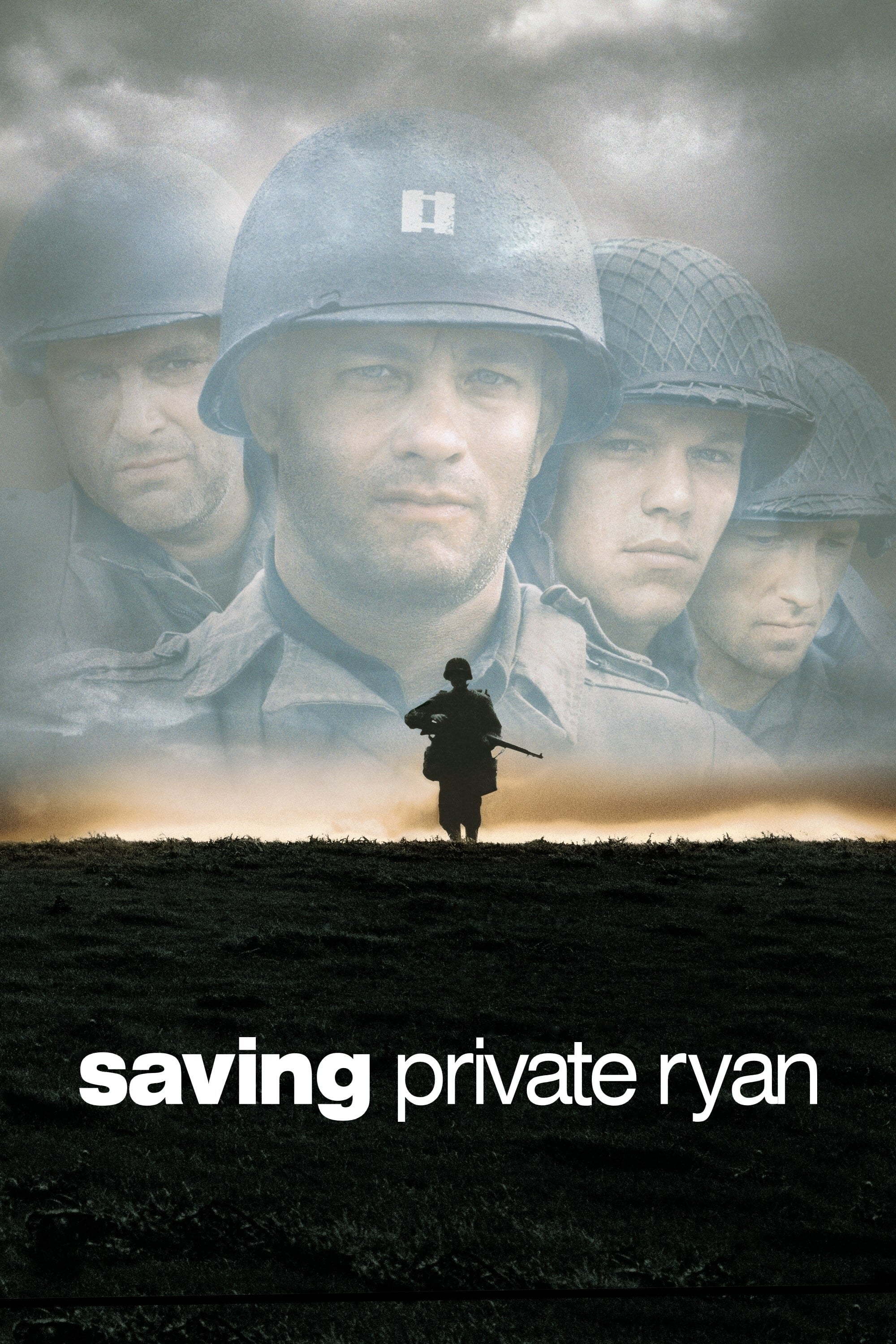
Steven Spielberg powerfully brings the D-Day landings at Omaha Beach to life with intense realism. The scene throws viewers right into the chaos of battle using shaky cameras and muted colors. As soon as the landing craft open, American soldiers are met with a storm of gunfire and explosions. This opening sequence is still considered one of the most realistic and impactful depictions of war ever filmed.
‘Braveheart’ (1995)

Mel Gibson plays William Wallace as he leads the Scottish in a battle against the English at Stirling. The filmmakers used a huge number of extras to make the battle seem massive and chaotic. The fighting is a messy, brutal clash of swords and axes, showing how violent medieval warfare really was. The fight scenes aren’t polished or rehearsed, which makes the struggle feel even more desperate and realistic.
‘Gladiator’ (2000)
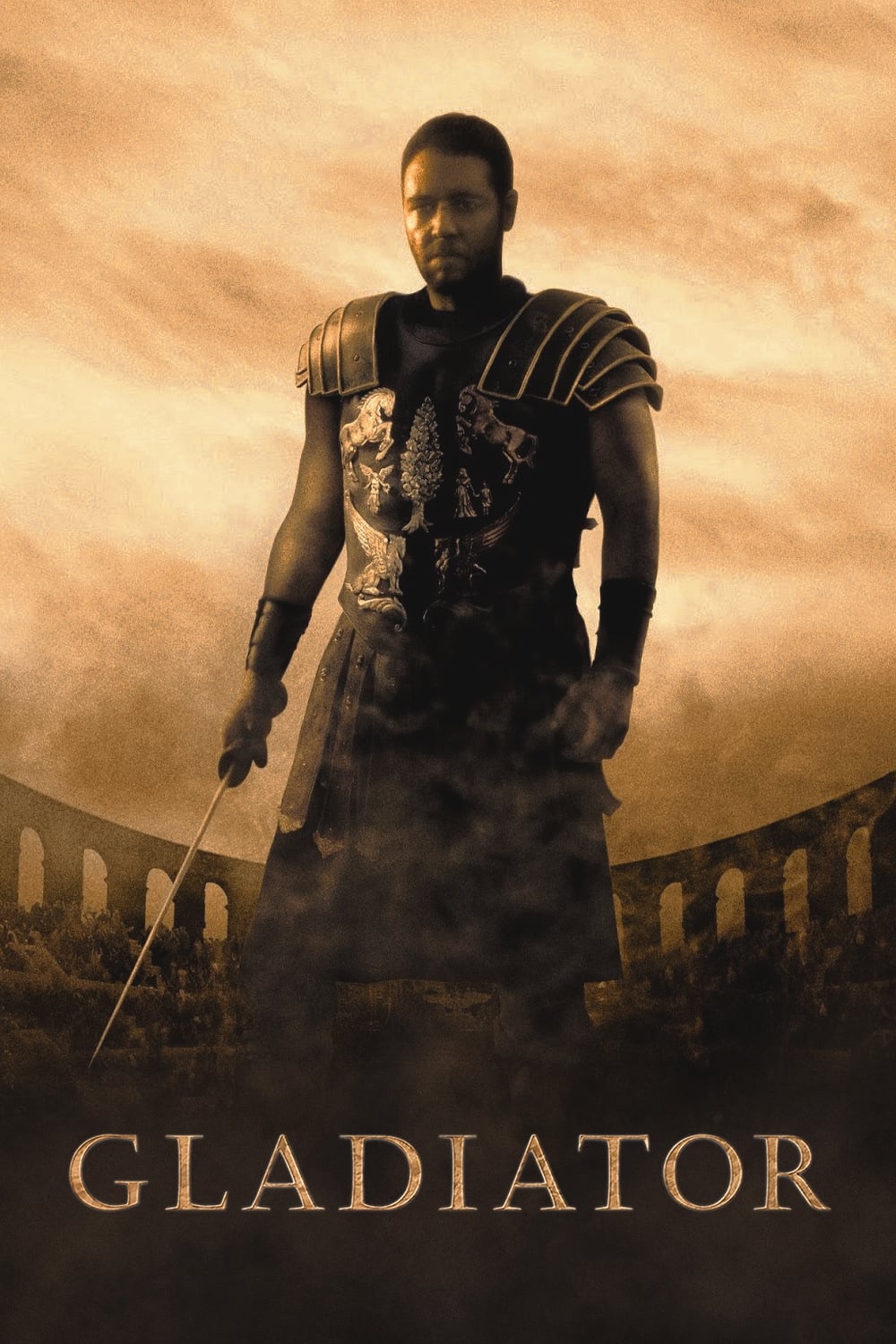
The film begins with a large-scale battle between Roman and Germanic forces. Fire rains down from flaming arrows and catapults before soldiers clash in fierce, hand-to-hand combat. The quick, chaotic editing puts the viewer right in the middle of the confusion experienced by the troops. General Maximus leads his army into a messy and violent fight within a forest.
‘The King’ (2019)

This adaptation of Shakespeare reaches its peak with the Battle of Agincourt. The fighting takes place in thick mud, and soldiers, both knights and foot soldiers, are trapped in a desperate, close-quarters struggle. Director David Michôd emphasizes the feeling of being trapped and the sheer exhaustion of fighting in heavy armor on difficult ground. The scene abandons any glorification of war, instead showing a brutal and suffocating fight for survival.
‘All Quiet on the Western Front’ (2022)
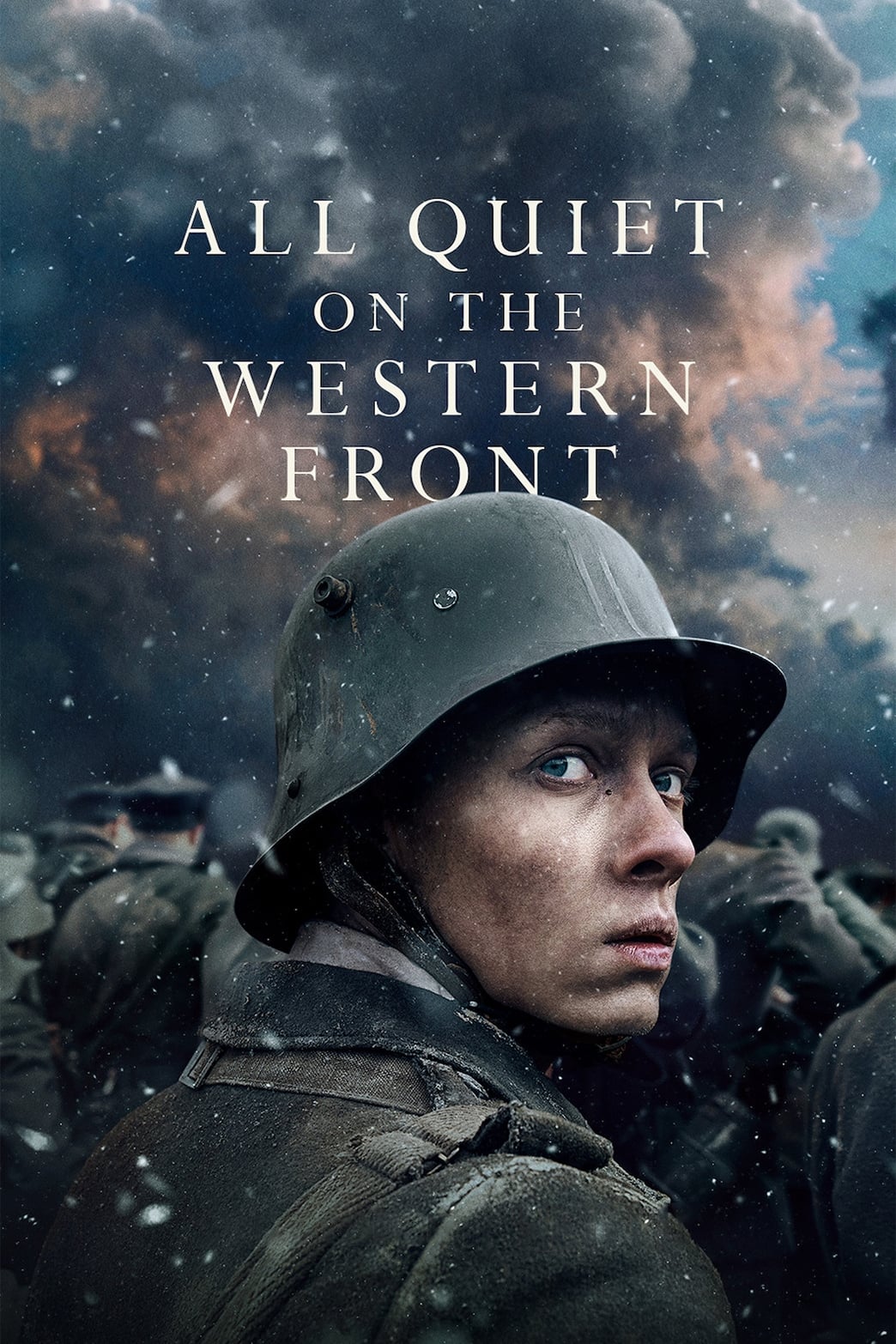
This film powerfully portrays the brutal reality of World War I trench warfare. It shows soldiers bravely running into intense gunfire and explosions that devastate the battlefield. Tanks are depicted as massive, destructive forces, and the story highlights the pointless suffering experienced by young, traumatized soldiers.
‘Ran’ (1985)

In a powerfully sad scene, Akira Kurosawa directs a battle where armies identified by their colors attack a wooden castle. The lack of music makes the sounds of horses running and arrows flying even more striking as chaos unfolds. The castle burns, and its defenders are overwhelmed by attackers in a visually stunning and frightening sequence. This historical epic, set in Japan’s Sengoku period, shows the downfall of a strong family through constant war.
‘Kingdom of Heaven’ (2005)

The film’s depiction of the Siege of Jerusalem is visually striking, with huge siege towers and catapults attacking the city’s walls. Balian of Ibelin leads the defense against Saladin’s much larger army in a long and grueling battle. Director Ridley Scott used real sets and a massive cast to realistically portray the city’s destruction and the fierce fighting. The longer version of the film provides even more detail about the military strategies and the devastating impact of the Crusades on those involved.
‘Waterloo’ (1970)

Sergei Bondarchuk’s film is a huge, sweeping epic that realistically portrays Napoleon’s final defeat. It famously used thousands of Soviet soldiers as background actors and features incredibly detailed battle formations and cavalry attacks. Stunning aerial views showcase the armies’ organized lines before the fighting begins, highlighting the immense scale of the conflict. Because of its size and scope, it remains one of the most ambitious war movies ever made.
‘Alexander’ (2004)
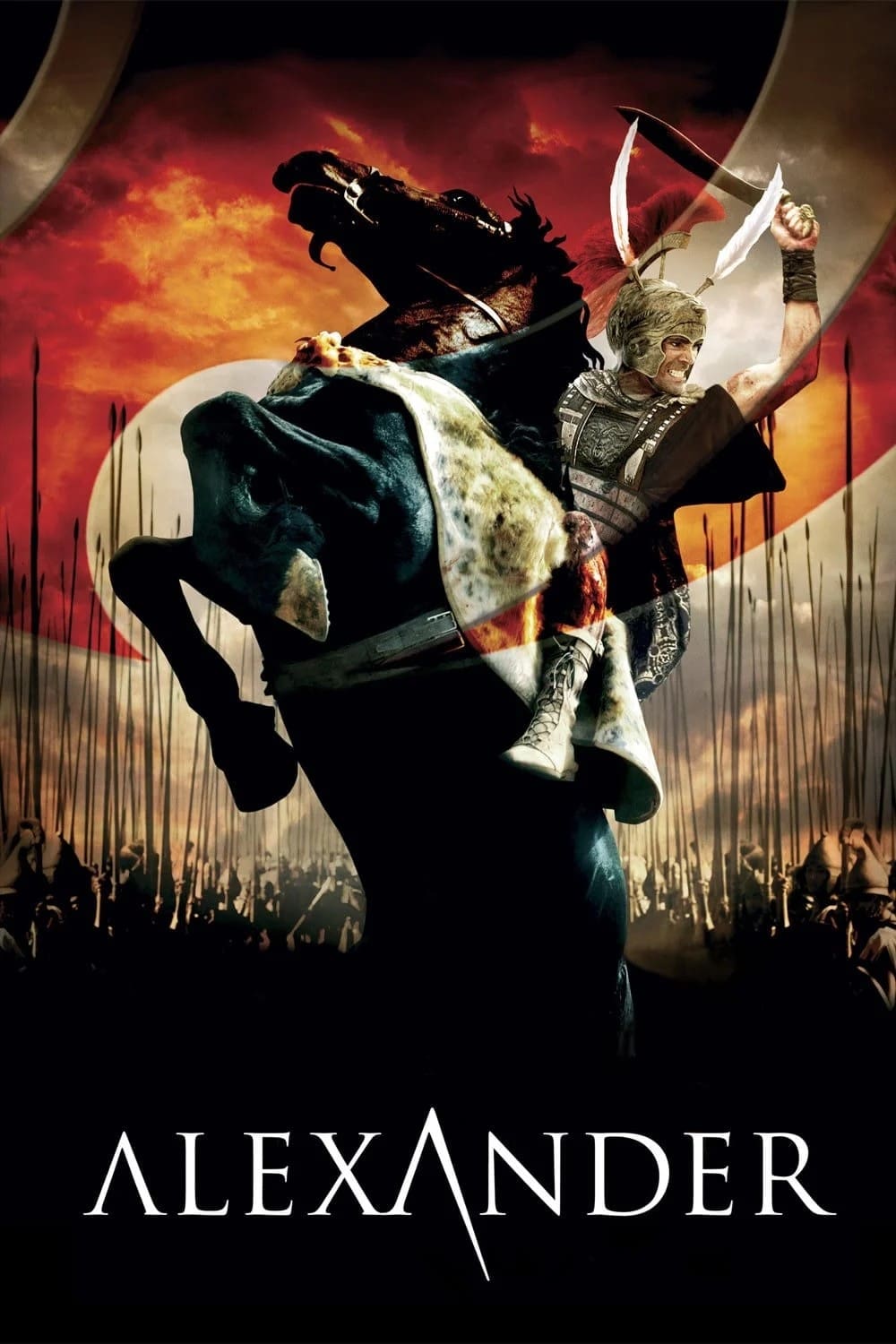
The Battle of Gaugamela brilliantly demonstrates Alexander the Great’s military skill against a much larger Persian army. Fighting in a dust and sand storm, soldiers struggled to see as infantry formations collided and chariots charged into battle. Director Oliver Stone uses sweeping camera angles to follow the troop movements within the chaos of the desert. The scene powerfully conveys the loud noise and confusion felt by soldiers during ancient warfare.
‘The Last Samurai’ (2003)
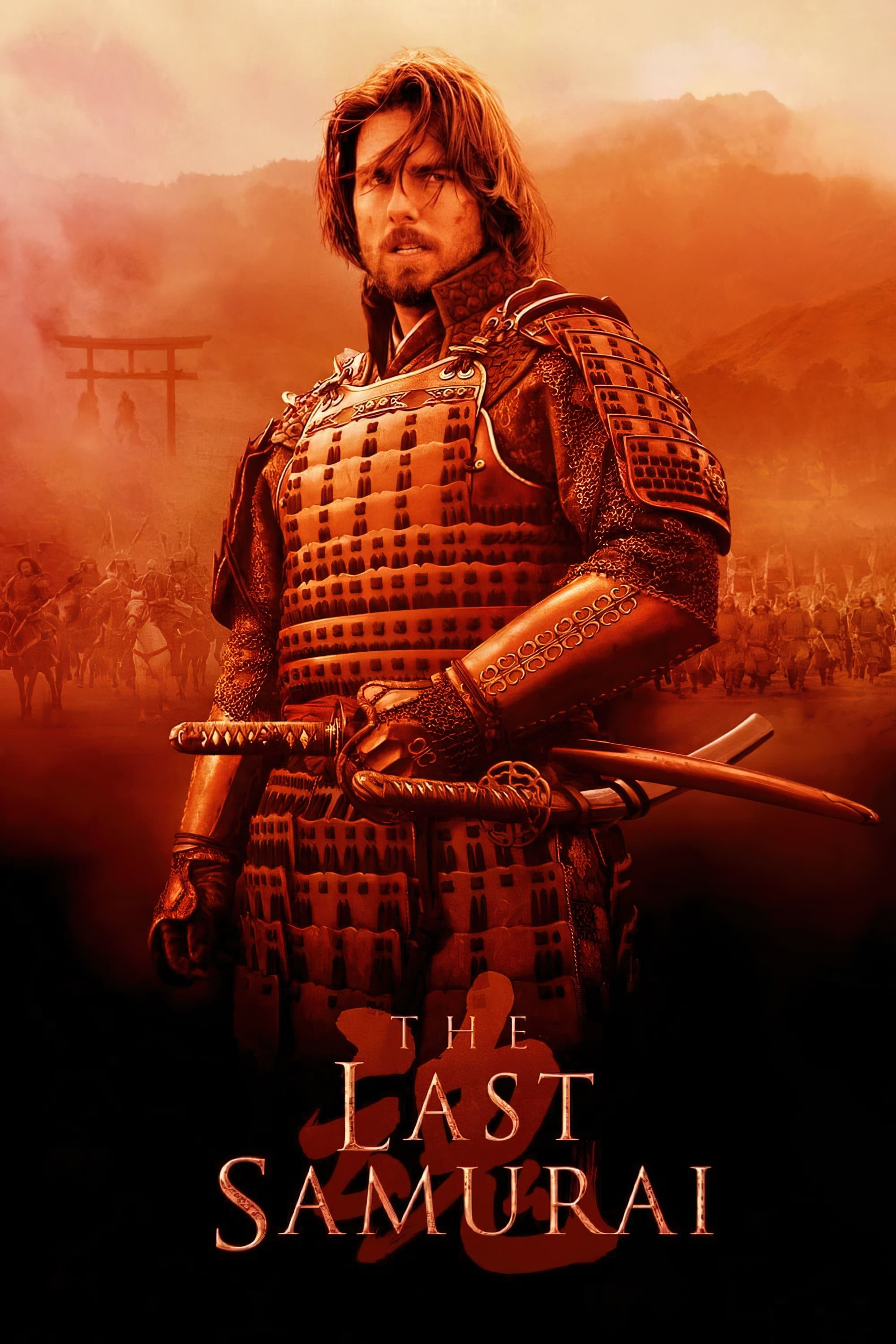
The film’s climax depicts a final, desperate attack by samurai warriors against the Imperial Army, a clash of ancient tradition and modern weapons. The scene powerfully shows how devastating new technologies like machine guns and artillery are against mounted soldiers. Amidst the fog and smoke of battle, the samurai face defeat with courage and discipline. Director Edward Zwick masterfully portrays the heartbreaking end of a bygone era and the dawn of modern warfare.
‘Master and Commander: The Far Side of the World’ (2003)

In a thrilling naval battle, the British ship HMS Surprise clashes with the French privateer Acheron. Cannon fire rips through the ships, damaging wood and sails as the sailors desperately work to keep them afloat. Director Peter Weir meticulously portrays the complexities of life aboard a warship during combat. The film’s sound design powerfully recreates the chaotic and deafening experience of battle, with booming cannons and the cries of the crew.
‘Red Cliff’ (2008)
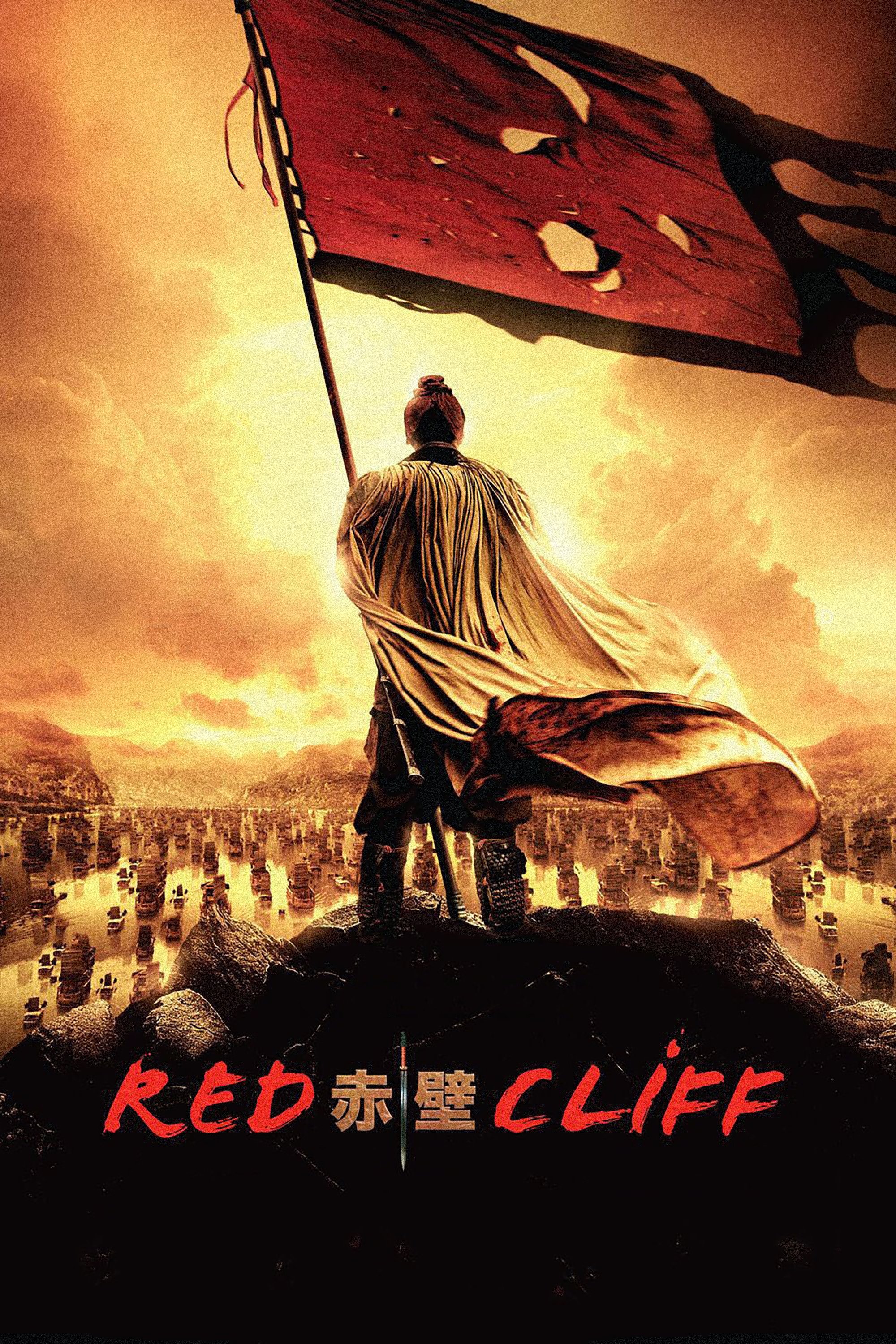
John Woo’s film depicts a huge, important battle from the end of the Han Dynasty. The fighting takes place mostly on the water, with ships set ablaze and armies maneuvering in complex formations, turning the river into a fiery battlefield. On land, soldiers fight with shields and clever tactics, trying to win despite being outnumbered. The film’s action sequences combine dramatic, artistic movements with the massive scope of ancient Chinese warfare.
‘Outlaw King’ (2018)
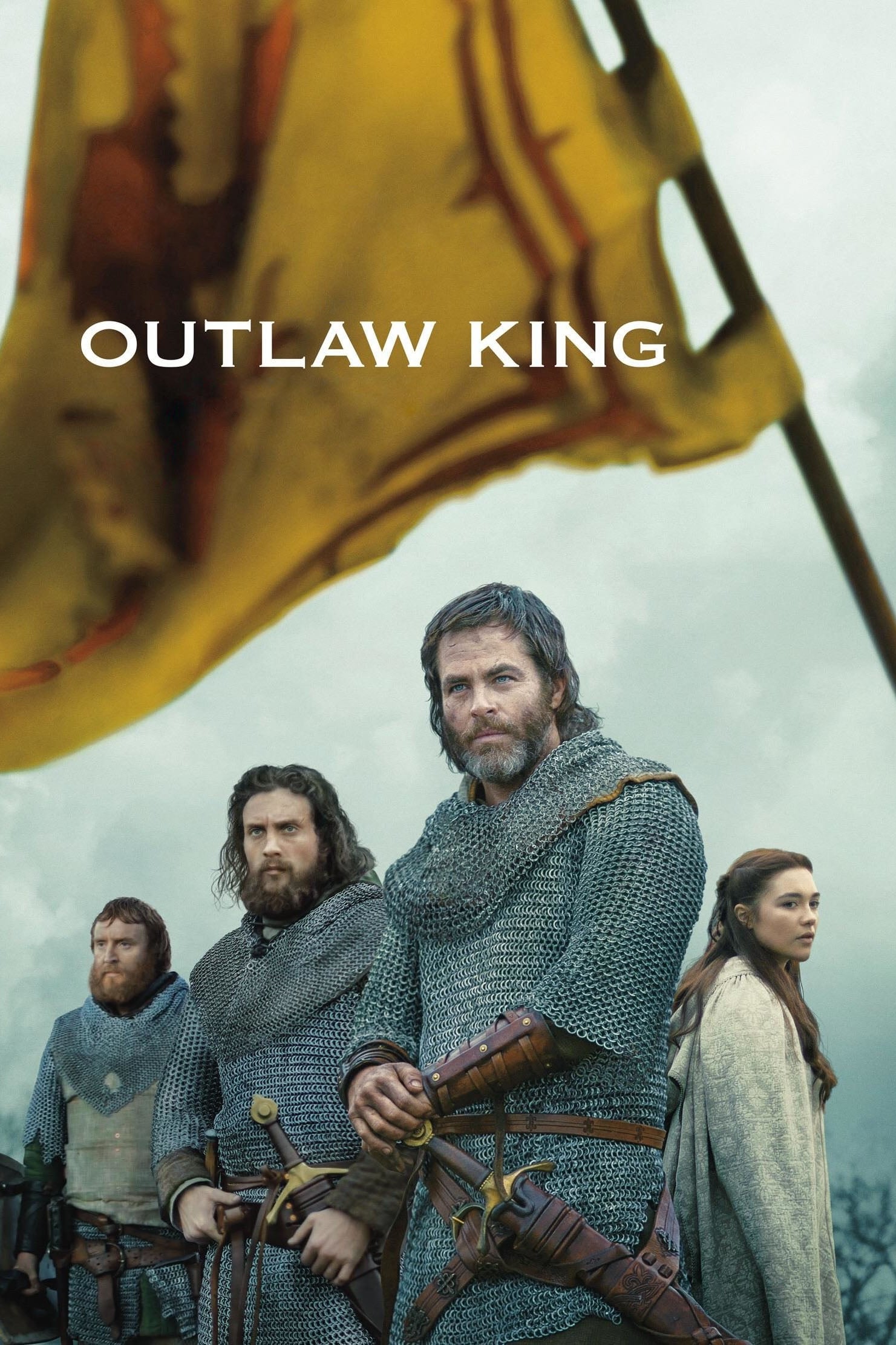
The Battle of Loudoun Hill saw Robert the Bruce cleverly use the landscape to overcome the English cavalry. He created a trap using ditches and spikes, turning the ground into a muddy bog that ensnared the horses. The Scots then attacked with spears. This battle shows the brutal, messy truth of medieval warfare, where thick mud and blood made it incredibly difficult to move. It’s a stark contrast to how Scottish history is often portrayed in movies, which tend to gloss over these harsh realities.
‘1917’ (2019)
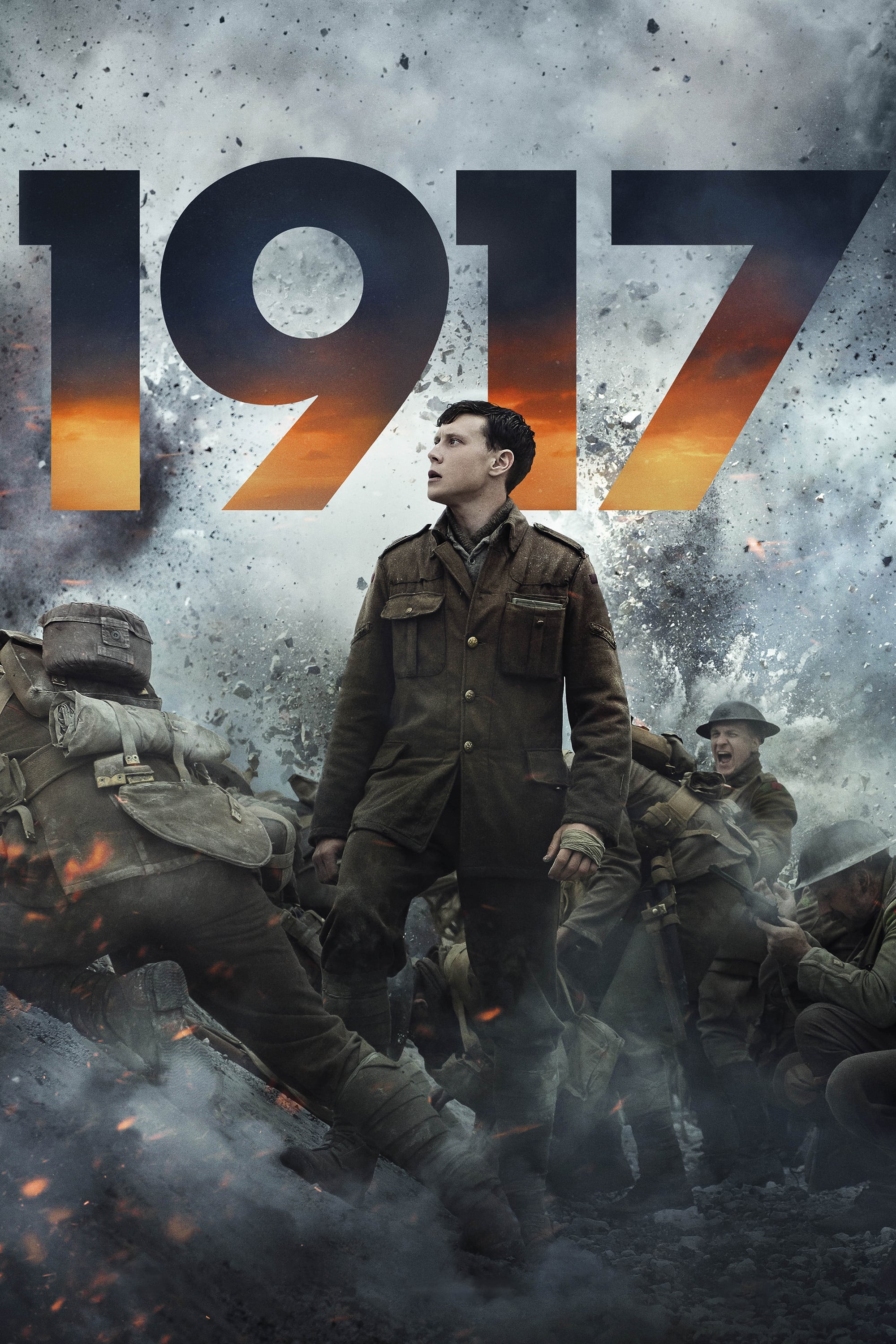
Sam Mendes directs the film to feel like one unbroken shot, following two soldiers on a dangerous mission behind enemy lines. The camera sweeps through bombed-out landscapes and trenches, vividly showing the devastation and constant threat. As the main character moves through a town on fire, lit by flares, the audience feels the intense pressure and relentless danger of World War I. This filmmaking style puts viewers right in the middle of the action, experiencing the same anxiety as the soldiers.
‘The Northman’ (2022)

The film depicts a brutal Viking raid on a Slavic village, showcasing incredible physical strength and savagery. Amleth fights like a wild animal, tearing through the village defenders. Director Robert Eggers uses extended, unbroken shots to emphasize the chaotic and overwhelming nature of the attack. The violence feels realistic and unpolished, mirroring the harshness of life during that time.
Read More
- Gold Rate Forecast
- Bitcoin’s Ballet: Will the Bull Pirouette or Stumble? 💃🐂
- Binance’s $5M Bounty: Snitch or Be Scammed! 😈💰
- SentinelOne’s Sisyphean Siege: A Study in Cybersecurity Hubris
- LINK’s Tumble: A Tale of Woe, Wraiths, and Wrapped Assets 🌉💸
- Dogecoin’s Big Yawn: Musk’s X Money Launch Leaves Market Unimpressed 🐕💸
- Ethereum’s $3K Tango: Whales, Wails, and Wallet Woes 😱💸
- Navitas: A Director’s Exit and the Market’s Musing
- VUG vs. VOOG: A Kafkaesque Dilemma in Growth ETFs
- Vanguard ETFs: A Faustian Bargain for 2026?
2025-11-28 16:15